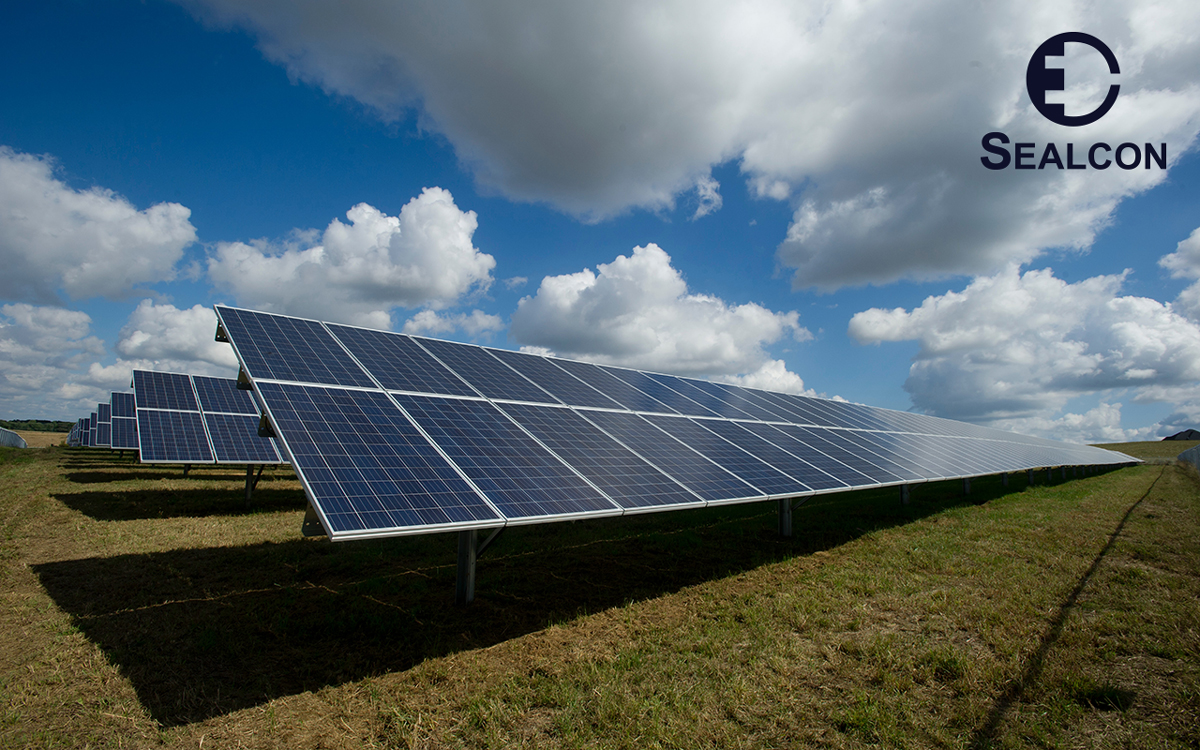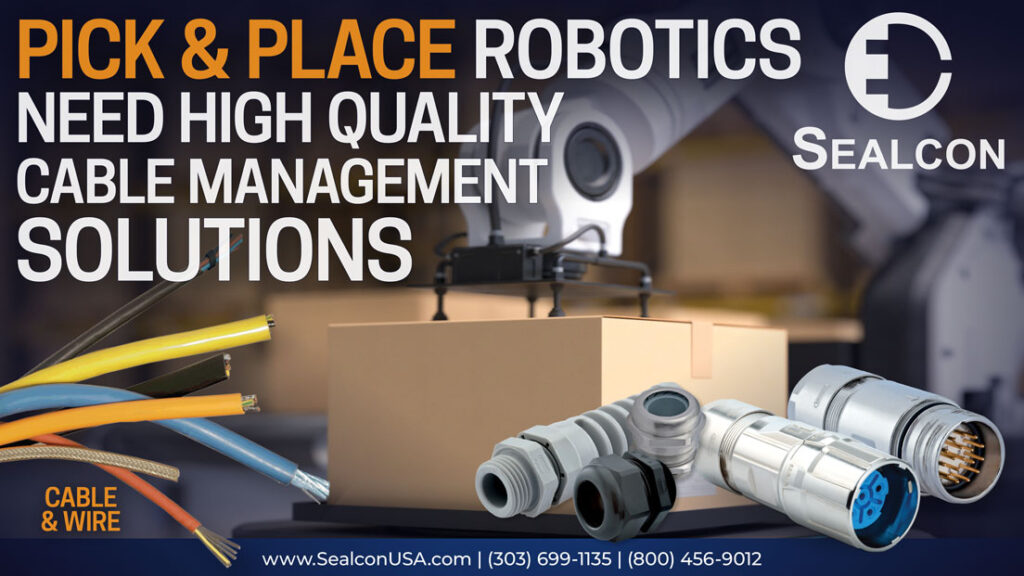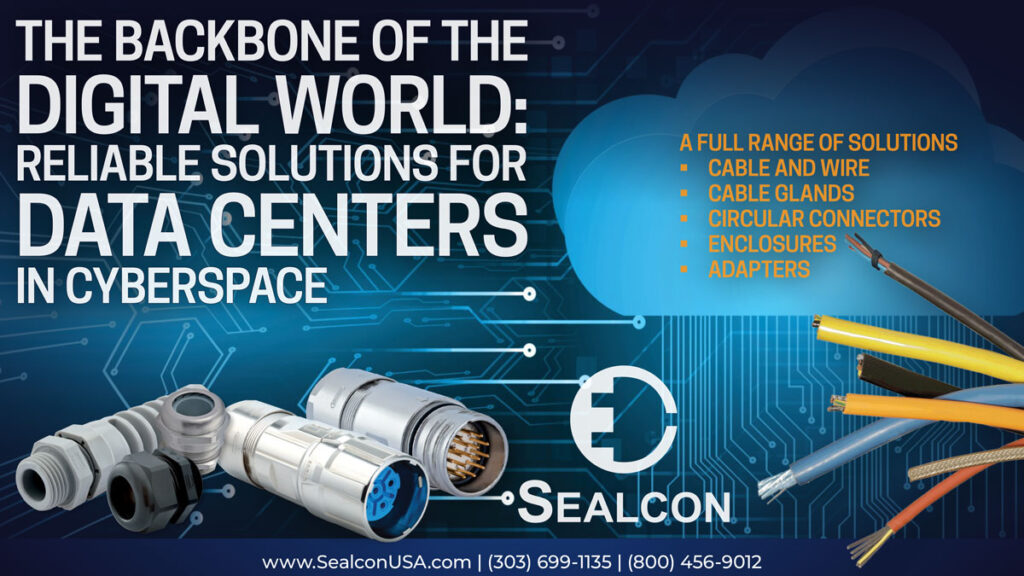Reliable Connectivity for Expanding Renewable Energy Industry
World governments have become increasingly focused on the removal of CO2 from the atmosphere to stop global warming. Efforts to end the threat of excessive greenhouse gases, namely CO2, center on reaching “net zero” goals, which means the amount of greenhouse gas emissions going into the atmosphere are balanced through removals. The transition from fossil fuels to renewable energy is seen as one of the most effective ways to achieve net zero and environmental sustainability goals.

Need Grows for Connectivity in Renewable Energy Systems
The International Energy Agency (IEA) reports that renewable electricity growth is accelerating faster than ever despite rising costs for key materials required to make solar panels and wind turbines.
It is anticipated that by 2026, global renewable electricity capacity will rise by more than 60% from 2020 to a level equivalent to the current total global power capacity of fossil fuels and nuclear combined.
As new renewable energy systems continue to be developed, reliable connectors are needed to keep these sustainable processes productive and efficient.
Solar photovoltaic (PV) systems are composed of one or more solar panels combined with an inverter and other electrical and mechanical hardware that use solar energy to generate electricity. Reliable connectivity is needed for inverters and other solar power equipment such as solar trackers, power systems, monitoring systems, controls, and more.
Wind turbines generate power from wind without releasing harmful emissions or creating environmental problems. Wind farm applications need connectivity for equipment like submersible pumps, cooling systems, motor drives, pitch systems and more.
Hydropower involves the recycling of water through precipitation to generate electricity through turbines and generators. According to the U.S. Energy Information Administration, “hydroelectricity accounted for about 6.3% of total U.S. utility-scale electricity generation and 31.5% of total utility-scale renewable electricity generation.“
Sealcon Products are Ideal For Renewable Energy Applications
Renewable energy systems need connectors that provide reliable performance while withstanding continuous exposure to:
- Extreme temperatures
- UV exposure
- Vibration
- Salt spray
- Humidity
- Sand/Dust
Strain Relief Connectors, Cord Grips, Cable Glands
Our high quality Sealcon Strain Relief Connectors / Cable Glands are all UL Type NEMA 4X and 6 (IP68 and IP69K) and 150 PSIG pressure rating as well as V0 flammability rating according to UL 94, is unsurpassed by others. Our black nylon cable glands with ULF1 UV protection which resists sun degradation are ideal for outdoor solar applications and are available only from Sealcon!
Circular Connectors
Sealcon offers a huge selection of circular connectors to meet a wide range requirements. Options are available in many sizes of circular connectors from M12, M16, M23, M27, M40 addressing Signal, Power, Fast Ethernet, PoE, and Hybrid varieties. Available in many locking styles including standard threaded screw lock, Twilock, and Twilock-S which mates to SpeedTEC® by Intercontec TE Connectivity. All Connectors are EMI Ready!.
Advantages of Sealcon Products
- Ideal for Outdoor Applications
- UL Ratings
- Black Nylon with ULF1 UV Protection – Sealcon Exclusive
- IP68 Submersion Rating – Up to 300 ft
- Metric, NPT, PG
- Wide Range of In-Stock Sizes – over 6,000 to choose from
- Ready to Ship
- Technical Assistance
Trust Sealcon for high quality, reliable connectors and cable glands that meet the demands and challenges of renewable energy applications. We’ll get you the connectors and cable glands you need on time and within budget. Contact us to discuss your project and get a free quote.

 Pick & Place Robotics Need High Quality Cable Management Solutions from Sealcon
Pick & Place Robotics Need High Quality Cable Management Solutions from Sealcon  Smart Cities and the Future of Urban Infrastructure Needs Sealcon Connectivity
Smart Cities and the Future of Urban Infrastructure Needs Sealcon Connectivity  The Backbone of the Digital World: Reliable Solutions for Data Centers in Cyberspace
The Backbone of the Digital World: Reliable Solutions for Data Centers in Cyberspace